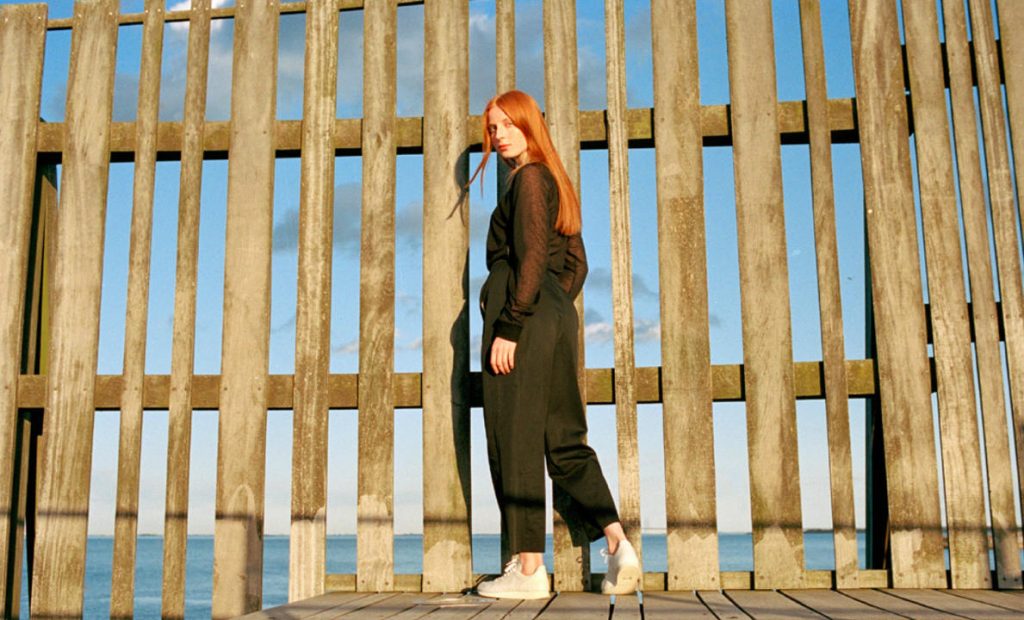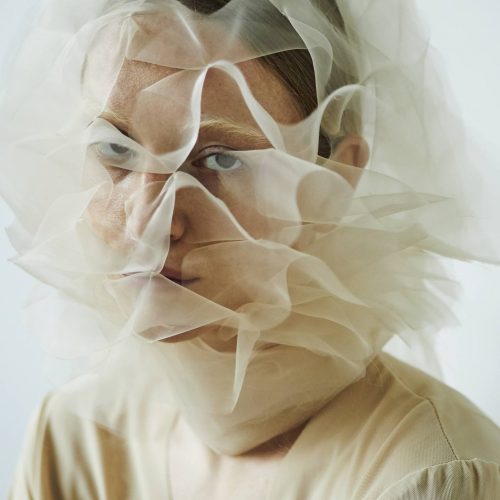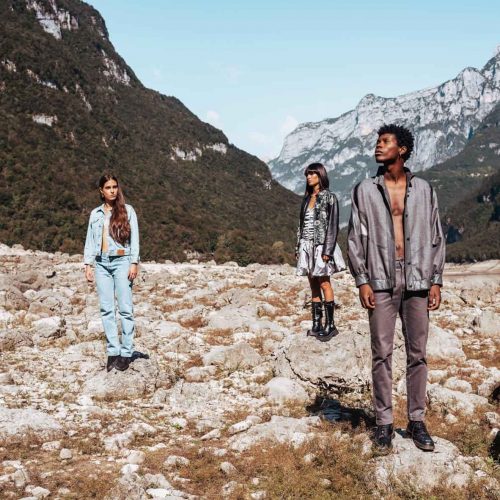Veja, the desired eco sneaker
In one of the most remote part of Brazil, there are 320 Brazilian families creating ecological sneakers highly desired by athleisure lovers. They are called Veja (“Look” in Portuguese) and just by taking a look at their Instagram account, which has more than 52,000 followers, and at their tireless feedback, we can get a clue of how seductive this idea is.
Two economists in sneakers
So this is the story! Sebástien Koop and Ghislain Morillion, childhood friends, began working in New York’s financial sector when they turned 25. From that moment, they noticed they didn’t fit in the ambitious financial world and decided to avoid turning into their bosses at all cost. They then decided to audit large international firms around the world, focusing on sustainable development. They wanted to study that market and thought the best way to do it would be by focusing on a product they were both passionate about: sneakers.
Veja buys cotton from 320 Brazilian families who live from eco-agriculture, respecting the rules of fair trade.
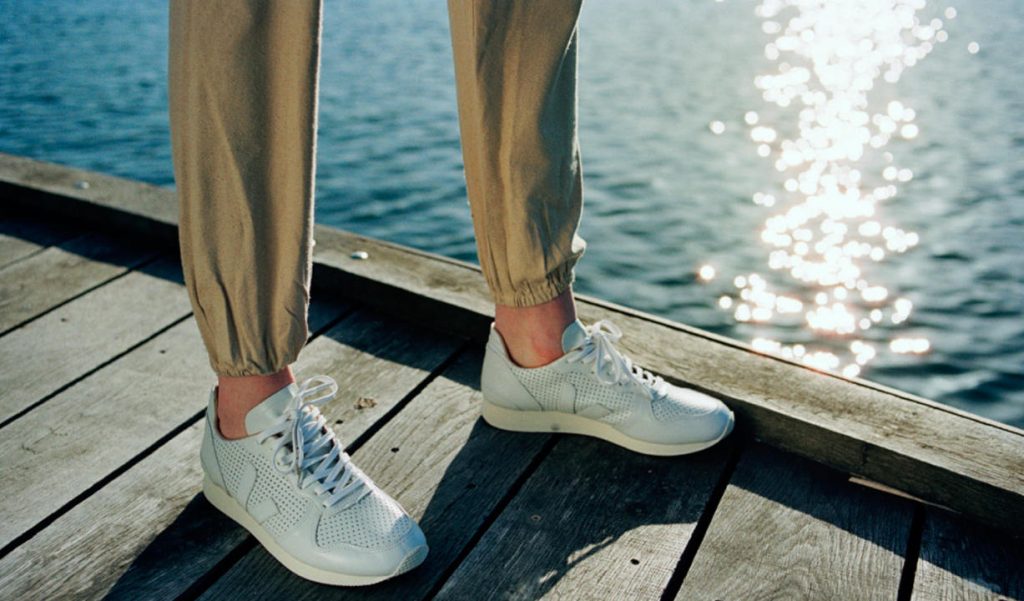


Two economists thinking about sneakers? Well yes indeed. Céline Saiagh, Veja’s communication officer, kindly tells us their vision. It turns out that sneakers are the most marketable products in the universe: it crystallizes a huge part of the marketing world at the lowest possible cost in terms of raw materials and production. Having discovered this formula, Sebástien Koop and Ghislain Morillion decided to launch Veja. It was 2004 and each of them decided to invest 5,000 euros out of their pocket. They considered each of the steps of the production and distribution processes and searched for ways to make them more positive – says Céline.
Eco-agriculture and fair trade
And how? Obviously, not superfluously, but by delving into the shoe’s core: Veja explains how it was produced, under what conditions and by whom. This is the brand’s main objective, to ask the right questions and try to be as transparent as possible. In fact, Céline adds, Veja’s three core pillars are design, minimalism and transparency. The brand’s aim is to create an economic, ecological and social difference by using state-of-the-art technology and an out-of-the-box design. And it works! For more than 10 years!
And we assure you, it isn’t because of their advertising! Since the beginning, the brand decided not to invest much on ads and to direct that money so that each of the firm’s workers could earn a decent wage, be it if they were in the Amazon bleeding trees to get the sneaker’s rubber, collecting cotton to create the fabric, or in Paris’s canals distributing the product. What a story!
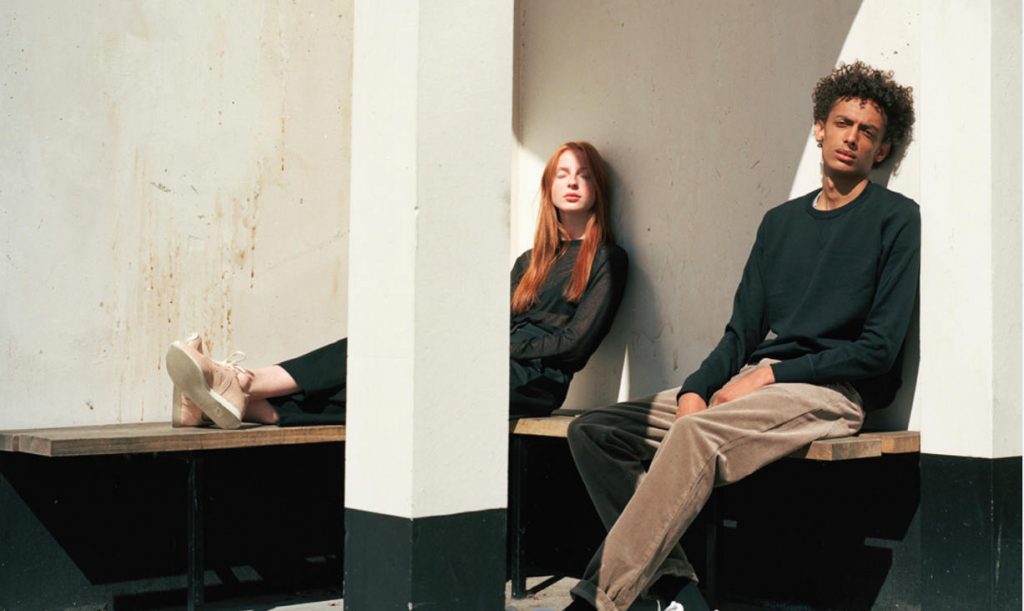
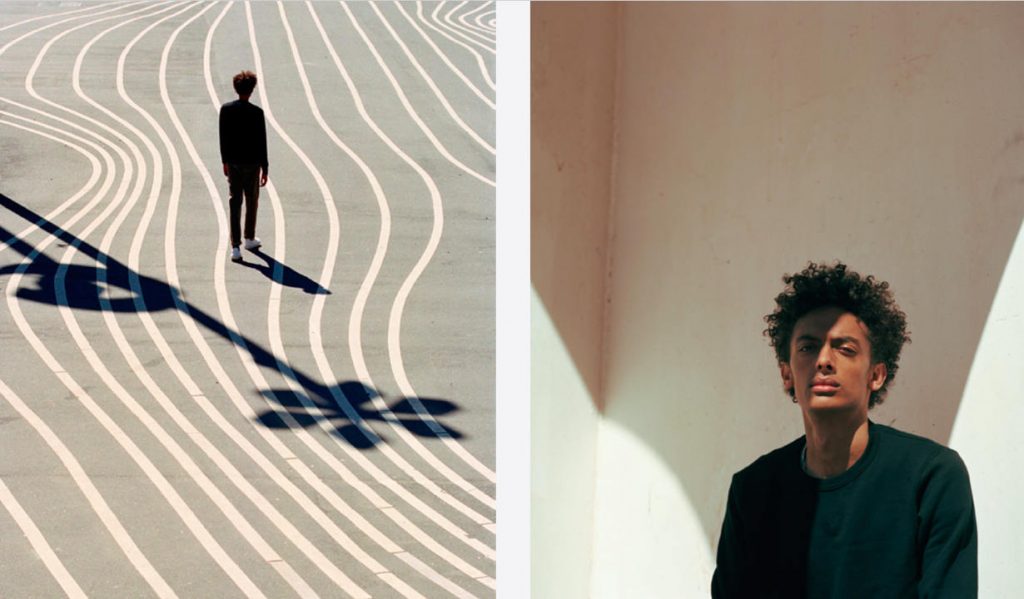
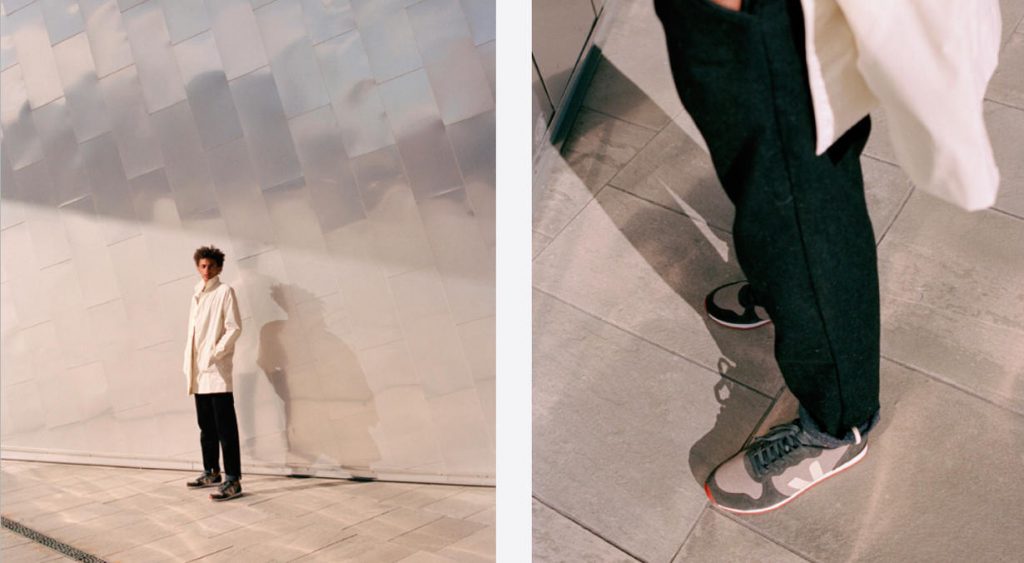
The happiness of 320 Brazilian families
Veja’s sneakers are originated in northeastern Brazil, Ceará state, where 320 families cultivate under agro-ecological principles that forbid agrochemicals and pesticides.
Veja’s sneakers are made of wild rubber, recycled materials and organic cotton produced by Brazilian workers, who are well-treated and respected. The firm respects the principles of fair trade and participates in rehabilitation projects, such as Atelier sans Frontières.
There we can find several maize, cotton, etc. plantations which benefit from the neighboring plantation. And that is why the land doesn’t become fragile as it often does after several years of monoculture, but actually becomes more fertile. To buy a Veja sneaker, you have to pay for it in advance, thus if there’s a drought that year, for example, and there isn’t enough cotton to provide the required materials, the producers will still be paid (…) When droughts last for longer, Veja uses recycled cotton.
For the sole, Veja gets rubber from the Amazon forests. The Seringueiros (forest bleeders) do a very important job to get our shoes’ soles. They bleed the heveas, which prevents deforestation and helps livestock rearing. 60% of our soles are made of wild natural rubber.
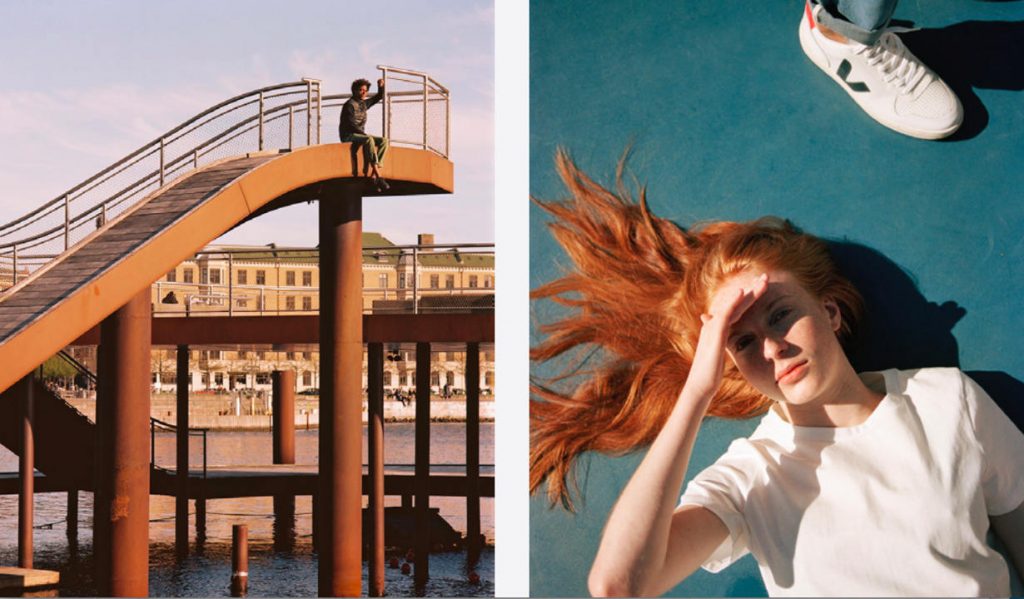
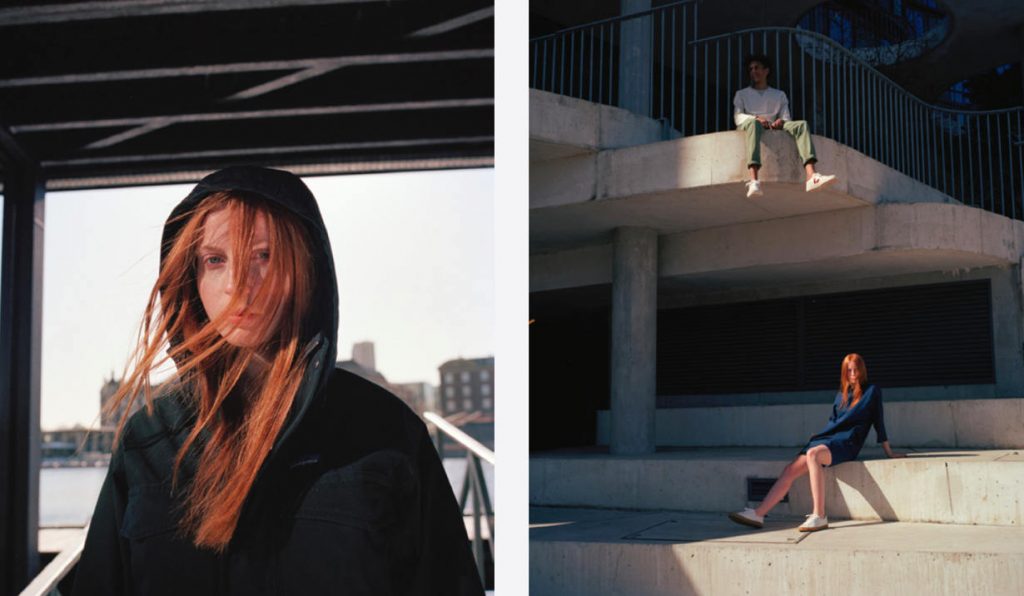
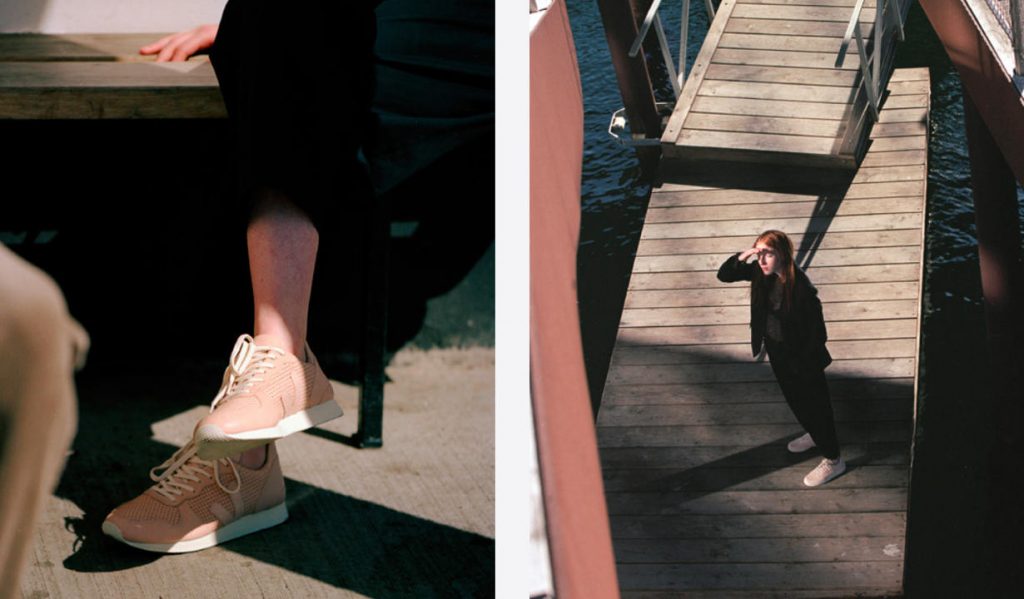
As in the past, everything depends on the weather
Recently, Veja’s founders have spent some months in Brazil meeting with associations to work with them and find better materials. Veja is committed to a fashion that is sustainable and respectful of the environment. And in this sense, it wants to choose the best that Brazil can offer.
Veja is the first sneakers brand that uses B-Mesh (Bottle Mesh) since 2004, which is a plastic that comes from recycled plastic bottles – says Céline.
But it isn’t easy. Céline says that relying on natural raw materials is risky. Brazil is deeply affected by drought. The cotton we use for our sneakers comes from the Northeast, an area that needs a lot of water to grow. In fact, due to weather variations, drought, etc. sometimes we can’t produce organic cotton. And then we have to find solutions. For two seasons, we had to use recycled cotton.
We like the transparency with which the firm talks about its limits. It acknowledges having another pending task: making sure where leather comes from or how cattle has been treated is currently impossible (….) Our objective is to be knowledgeable and to control our entire leather supply chain, from the calves and their living conditions up to the dyes and finishing processes.
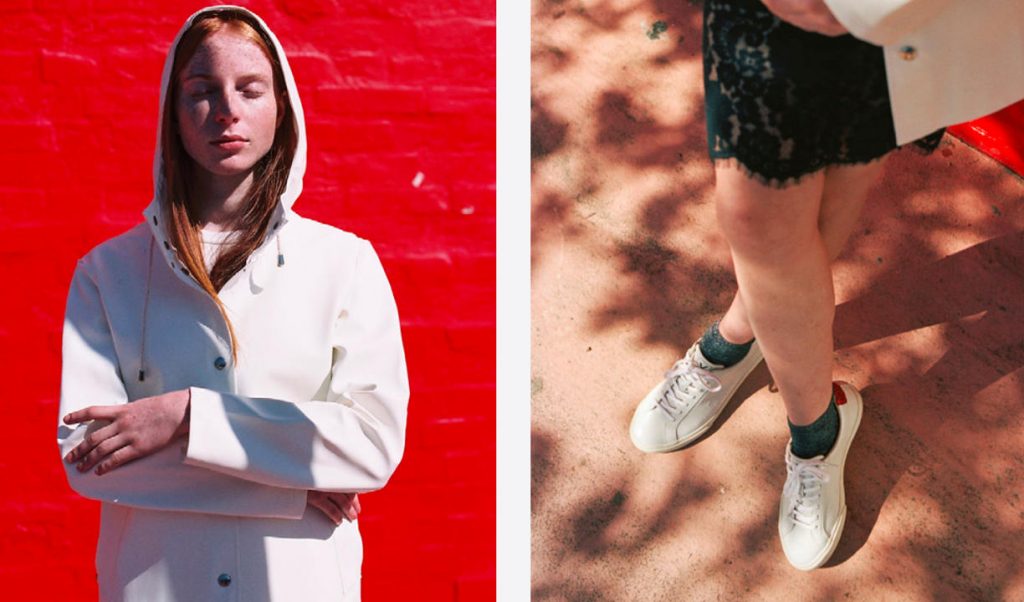
Céline tells us other secrets: We can’t grow on a large scale, we grow organically to respect the environment and the producers who work for us every day. We don’t see it as a restriction, but as a challenge. Thanks to these limitations we’ve discovered new technologies such as B-Mesh or Tilapia skin (…) Our laces aren’t made of organic cotton because we aren’t producing enough – she confesses.
Finally, we ask her about their Fall Winter 2016-1 collection. It’s about creating a positive competitive advantage. Surprise our customers. Veja’s main objective is to create a sneaker of a design that is highly desired, and then to attract curiosity on what the customer is actually buying. Are you curious?
